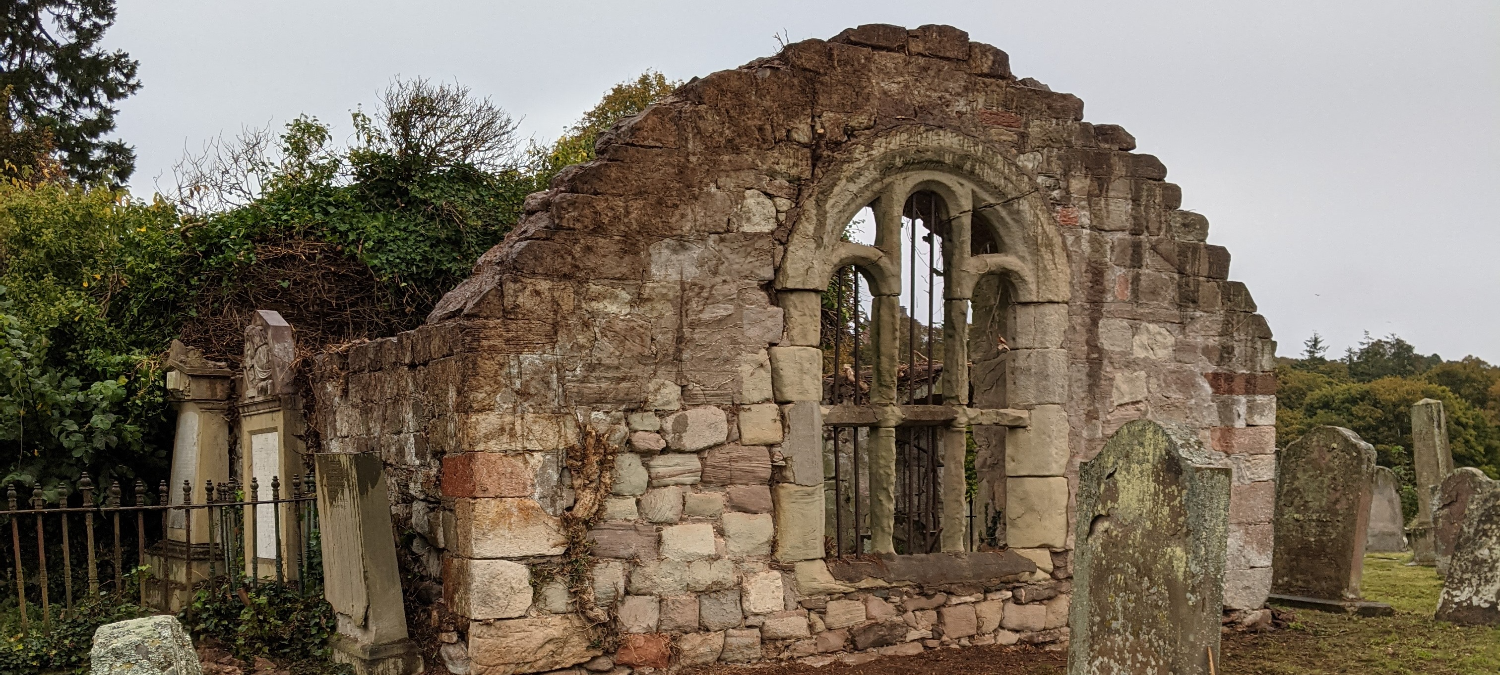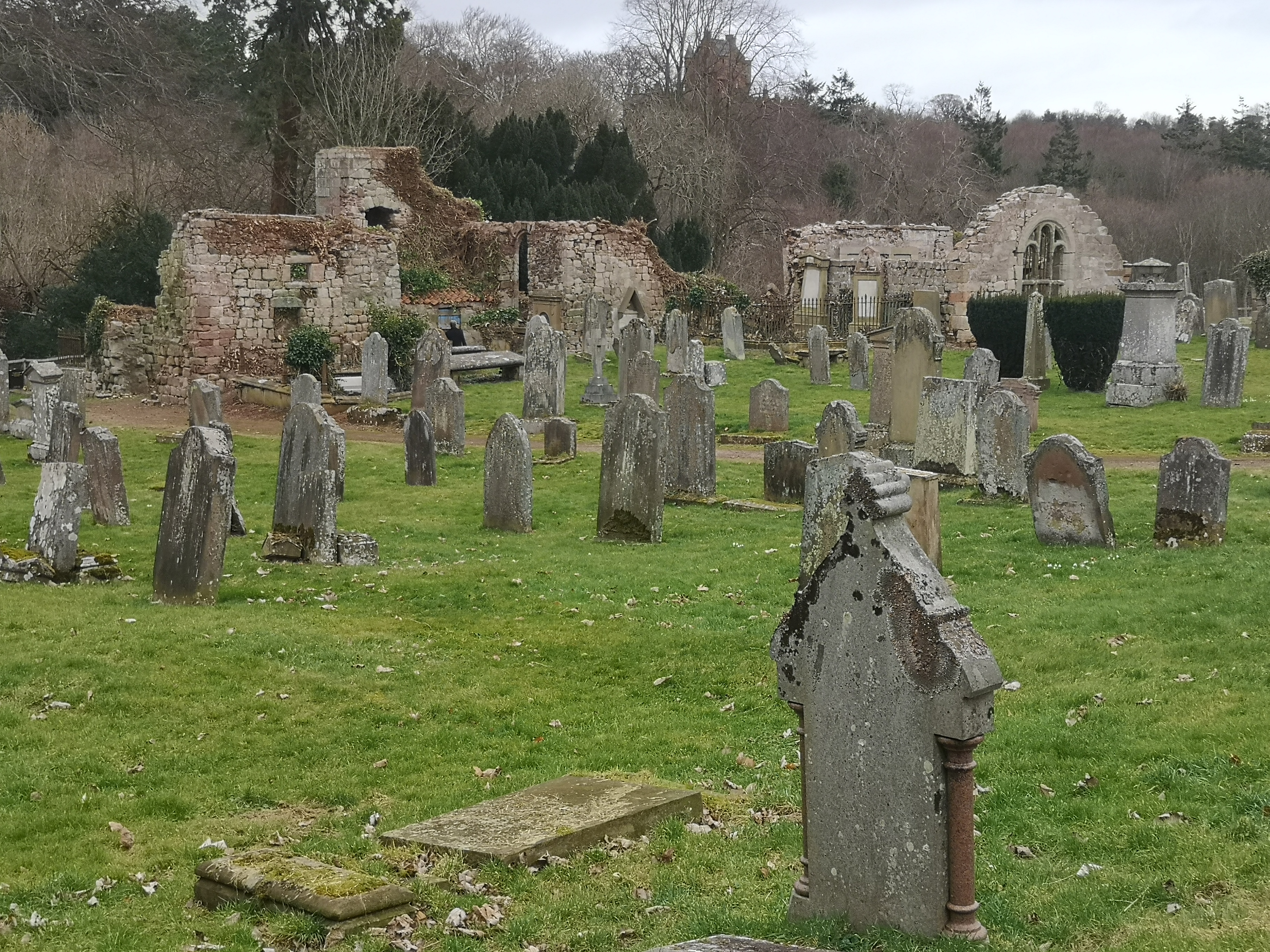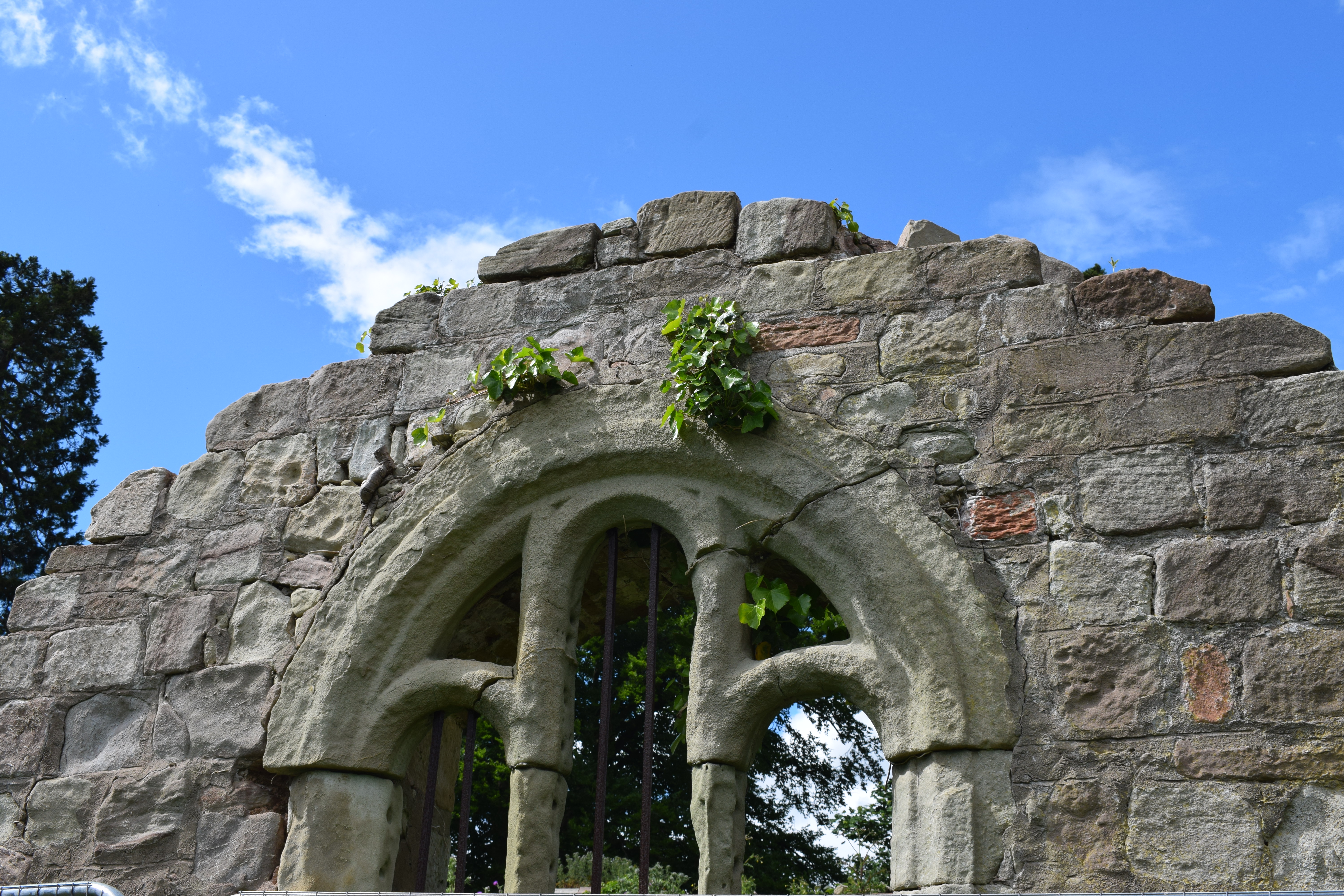
Scotland’s first Church and historic ruin brought back to life thanks to Drone Hill
In July 2022, Ayton Heritage was awarded £3,500 from the Greencoat Drone Hill Fund to support with the preservation and restoration of the St Dionysius Church ruin.
About the Fund
The Greencoat UK Energy Drone Hill Wind Farm Community Fund opened in 2012 and supports community projects benefiting those living in the areas covered by Reston & Auchencrow, Grantshouse, Coldingham, and Cockburnspath & Cove Community Councils. The fund is provided by Greencoat UK Wind, the owners of the Drone Hill Wind Farm in East Berwickshire.
The Church Ruin
On the outskirts of the village of Ayton, there sits the picturesque ivy-clad group of ruins of the original Ayton Parish Church, which was dedicated to St Dionysius. It was thought to date, in part, from the 12th century, shortly after Ayton was granted to Durham Monastery. It now stands within the burial ground of the modern church.
It was originally a chapel attached to Coldingham, as Ayton was not a parish in its own right until after The Reformation. It is considered to be the first church of any size in Scotland and is also considered to be a historically important site, being the location for several treaties signed between Scotland and England during the 14th and 15th centuries, including the renewal of the truce between the two countries.
Much of what remains today is thought to date from the late 18th century when, according to the Statistical Accounts Scotland, several improvements were carried out.
About Saint Dionysius
St Dionysius is the Patron Saint of Athens. He was originally an Athenian judge at the Areopagus Court in Athens, born in the 1st Century AD, and was converted to Christianity by the preaching of Paul the Apostle. In 1568, he was canonized by Pope Gregory XIII and became known as Saint Dionysius. It was shortly after this that, it is believed, a cell of Monks from the Coldingham Parish dedicated the Church to St Dionysius.
About the Group
It was in 2019, during a meeting seeking public engagement about the ruin, that interest was sparked from the community in terms of gathering initial involvement and kick-starting the formation group. They subsequently were supported with funding from Berwickshire Community Fund in 2021, and approval from the Berwickshire Area Partnership which includes representatives from the Drone Hill areas.
The Project
The project involved the preservation of the old kirk ruin (known as the St Dionysius Chapel) and was the original Ayton Parish Church until 1867. It had been neglected for many years and was heavily covered in ivy which threatened the future stability of the building.
The kirk is a grade 2 listed building which means that the work must be supervised by suitably qualified personnel. The group was working in partnership under the 'Adopt a Monument' scheme, which is run by Archaeology Scotland, and received advice from Historic Environment Scotland on how to proceed. It also employed a conservation architect to carry out a full survey of the ruin, which helped identify the work needed to be undertaken to restore the building.
The completed survey report indicated the costs involved in order to consolidate the building and prevent further deterioration. The main priority and focus was to clear ivy which had completely covered the ruin, as the ivy was a serious threat to the stability of the building. A team of volunteers worked together to remove as much of the ivy as possible. However, they could only remove up to head height as they could not safely access anything higher.
It was during this project stage that the group made the decision to apply to Drone Hill Fund to support with hiring a professional to safely clear the high-level ivory. The Panel agreed to award £3,500 to contribute towards the overall project costs.
The Panel’s decision to award a proportion of funding to contribute to the overall project costs from the Drone Hill Fund has made a transformative impact on the first phase of the project.
The funding provided the group with an opportunity to hire a qualified tree surgeon with appropriate machinery to remove the ivy at high level and support with clearing the overall site. Coupled with the efforts of the volunteers who spent their time clearing away the ivy once it had been removed, this ensured that phase one of the project was completed in January 2024, 18 months following the initial award.
The applicant said:
The award of £3,500 from the Drone Hill Wind Farm Community Benefit Fund has been a very welcome contribution to our project of preserving the St Dionysius ruin in Ayton. We have received funding from a number of sources and this has allowed us to remove the canopy of ivy and carry out several educational activities with local schools and Archaeology Scotland.
The project to date has achieved the removal of the ivy canopy, the erection of two information boards which tell the history of the site, school projects with Ayton Primary School and Eyemouth Primary School pupils and a Young Archaeologists group.
The cost of ivy removal was significantly reduced due a number of volunteers gathering up the cuttings and transporting to a skip provided free by Scottish Borders Council. The Council also disposed of the ivy in an environmentally responsible way. To date there have been 16 days when volunteers have been involved, totalling 286 hours and contributing approximately £8,000 in kind.
A further finding
During the ivy removal, the group uncovered a stone mason mark which is believed to date back to the original design and also links to Melrose Abbey also located within the Scottish Borders.
The Impact
St Dionysius is a historic building with strong local and national heritage. The treaties which were signed there between Scotland and England were relevant not only to Borders but to the whole country. Anyone interested in their local history will benefit from being able to visit the site and can view the informational boards which have also been erected.
Volunteers and visitors have included those from the Fund area and as the kirk was originally formed as part of the Coldingham Community Council area, the historic links make this a significant project in terms of history and preservation for future generations.
The overall improvements will contribute to making the wider East Berwickshire area a more pleasant location in which to live, providing indirect benefits to Drone Hill communities.
The Future
Going forward, the area around the ruin will continue to be maintained by Ayton Heritage volunteers. Access to the site is via the cemetery which is maintained by Scottish Borders Council. Volunteers will continue to research the history of the Church to gather information for use in interpretation boards. Future stonework conservation and repairs will be carried out under the guidance of Archaeology Scotland, ensuring that appropriate and traditional methods and materials are used.
Learning
This project is an example of a project being undertaken outwith the Fund area but having a significant impact on the beneficiaries living within the Fund area. Through opportunities to volunteer, visit for holistic or educational purposes. The local Fund primary schools will have the opportunity to use the space as an educational resource, and the volunteers who provide their time have created a rejuvenated historic asset that the area of benefit and beyond can take pride and ownership in. The Panel were very supportive of this project due to its links to Ayton through Reston and Auchencrow, and due to the historic significance of the kirk.





